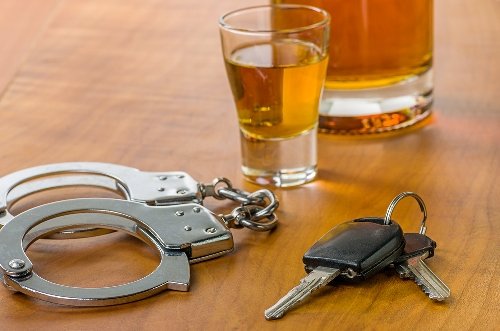Never drink and drive. Never drink and walk near a road. Alcohol and roads don’t mix. If you have been drinking, make other arrangements to get home. If you are stopped by a traffic law enforcement officer and the officer suspects that you are over the legal limit, you will be arrested. If you are convicted of driving under the influence of alcohol, you will have a criminal record.
According to a study conducted by the Council for Scientific and Industrial Research (CSIR), the cost of crashes in 2015 was almost R143 billion – equivalent to 3.4% of Gross Domestic Product (GDP ) in that year, not including the infrastructure costs. Human casualty costs made up 69.35% of the R143 billion total; incident costs, 14.9%; and vehicle repair costs, 15.8%.
Human casualty costs comprise hospital costs, emergency medical service costs, funeral costs, and lost earnings through death and disability.
Incident costs include on-scene costs (e.g. police and traffic officials having to attend the scene), tow truck costs, and the cost of congestion and delays to other traffic. Vehicle damage costs include the costs of repairing, replacing, and having to rent a vehicle.
Crashes have tremendous socio-economic impacts. Crash victims may be disabled, lose income or lose jobs. Losing a breadwinner could mean living in poverty, losing a parent, or losing a home. Losing a loved one could mean psychological trauma and disruption to family life.
When police and traffic law enforcement officers have to attend to crashes caused by drinking and driving or drinking and walking, they have less time to attend to crime and keep the roads safe. When police and traffic law enforcement officials are tied up in court with cases involving driving under the influence of alcohol, they have less time to keep the public safe. Cases of driving under the influence also slow down the criminal justice system.
Make sure that you can see other road users and that they can see you in the rain, mist and fog of winter. Keep a safe following distance when visibility is poor, especially when the road is wet. Take careful note of pedestrians, cyclists and motorcyclists.
If you drive a public transport vehicle, be extra careful throughout your journey. Make sure your vehicle is roadworthy and that your operating licence is in order. Ensure that you and all occupants are wearing a mask over their noses and mouths, and sanitising regularly.
If you drive a long-distance heavy motor vehicle, make it a regular habit to stop and rest. It is also important to prepare yourself mentally and physically for the long road ahead between provinces by resting before trips, practising safe health protocols, eating well, hydrating yourself throughout the journey with water, and remaining vigilant about the risk of criminal activity.
Never speed. Speeding is especially risky when visibility is poor and when roads are wet. Speeding drivers risk the lives of the people in their vehicles, and the lives of others. It is best to travel slowly and carefully. It’s the only way that you will be able to react to emergencies in time.
When the roads are wet and slippery, increase your following distance because it takes more time to stop. Seatbelts save lives. If a vehicle travelling at only 60 km/h crashes, a 55 kg person without a seatbelt will experience an impact of over 19 000 kg! With a seatbelt, the force will be about 3 800 kg. Always wear a seatbelt, even on the shortest trip. Make sure everyone in your vehicle is using a seatbelt or age-appropriate child harness. Alcohol and roads don’t mix. Never drink and drive. Never walk near a road when you have been drinking. Even small amounts of alcohol can affect your judgement.
#AlcoholAndRoadsDontMix. For more information, see Safely Home on Facebook and on Twitter @WCGovSafelyHome.

